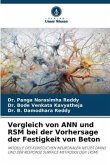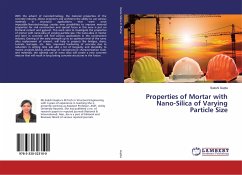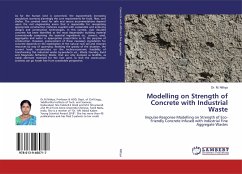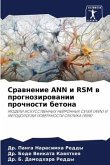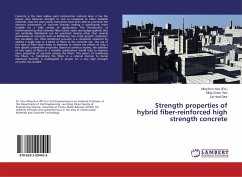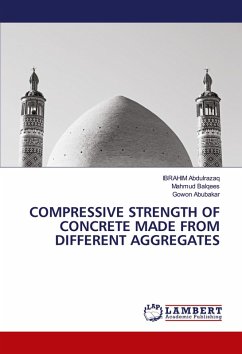This study presents a comparative study between Artificial Neural Network (ANN) and Response Surface Methodology (RSM) in predicting the compressive strength of high strength concrete. The comparison was made based on the same experimental datasets. The inputs investigated in this study were percentage of Cement, Silica fume and coarse aggregate. The methods employed in ANN and RSM were feedforward neural network and face-centered central composite, correspondingly. The comparison between the two models showed that RSM performed better than ANN with coefficient of determination (R2) closer to 1 with 0.9959. In addition, all the predicted results by RSM against the experimental results fell within 10% margin. For ANN model, however, three of its predicted results were outside the 10% margin. Silica fume was also found to have greater impacts on the compressive strength of concrete than coarse aggregate.
Bitte wählen Sie Ihr Anliegen aus.
Rechnungen
Retourenschein anfordern
Bestellstatus
Storno


